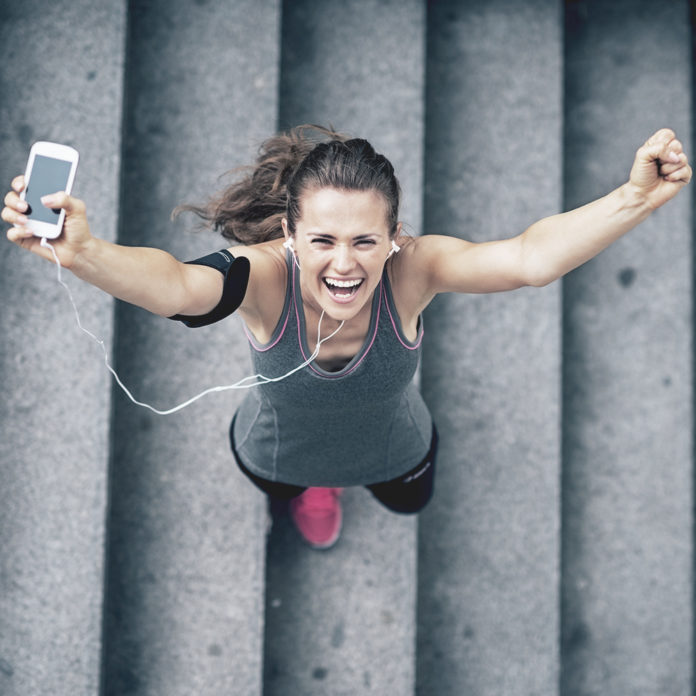
I hated athletics when I was in school. My worst day in the entire year was Interhouse Athletics. It was hot, dry, and dusty. Everyone was screaming for their house and at some stage of the day you knew you were going to have to line up, hear a gun go off, forget everything you knew and run as fast as you can to beat your neighbour.
I wasn’t fast. Third was the best I ever did, and it may have been luck, or because the athletes on either side of me had food poisoning from bad boarding school food. The whole day didn’t make sense to me – the war cries, the speed, the competition. Why not spend the day chatting to your friends, or reading a good book?
Somewhere after school ended and I started thinking for myself about life and the choices I made, I started to embrace my non-athletic athletic side. I joined the university gym in my third year, and attended step classes and went for runs. My motivation, at the time, was getting rid of my “first year spread” and looking good in the shorts I wore to lectures. I was clueless. I didn’t know about form, squats or protein, but I did know that sitting around behind computers everyday was not going make me a better person.
Exercise does more for you than increase your health and make you look good
Research shows that, if anything, physical activity boosts short-term brain function and heightens awareness. People who push themselves physically learn a key lesson: “embrace the uncomfortable”. Ask anyone who regularly runs a marathon, cycles up hills, does sprints in the pool, gets through High Intensity Classes, or a powerlifting circuit and they will tell you the same thing: difficult conversations aren’t so difficult anymore, a tight deadline is less intimidating or relationship problems are less problematic.
“In a world where comfort is king, arduous physical activity provides a rare opportunity to practice suffering.” – Brad Stulberg, Outsidemagazine
World-champion big-wave surfer Nic Lamb says being uncomfortable, and even afraid, is necessary to riding four-story waves. He’s learnt that while you can pull back, you can almost always push through. “Pushing through is courage. Pulling back is regret,” he says.
Big-mountain climber Jimmy Chin, the first American to climb up — and then ski down — Mt. Everest’s South Pillar Route, says there is an element of fear in everything he does, but he’s learned how to manage it: “It’s about sorting out perceived risk from real risk, and then being as rational as possible with what’s left.”
Exercise is what we call a keystone habit – this means that when you develop this habit it leads to changes in other areas of your life. What you do in the gym or on the road makes you a better, higher-performing person outside of it. When you develop physical fitness, you’re developing life fitness too.
For the past three years of my life I have been actively working out five times a week. It’s not a rule, but I try to keep to it as much as possible. For the past year I have moved these workouts to before work in the morning which means I need to be up at 5:30 am. This last year I have started a far more intense workout structure which is focused on building muscle and core stamina.
Change has been slow, but I can feel my non-athletic self start to adapt and change. I’ve found my mood has stabilised. I’ve found I deal better with stress. I’ve found my eating habits are more disciplined and my confidence levels are higher.
Do I like getting up in the morning and dragging myself to a gym to sweat all over mats and ride a bike to nowhere? No, but the sense of accomplishment and the benefits that this provides to the rest of my week are priceless. I still dislike athletic days, but like the benefits of regular exercise, and I recognise the importance of a healthy lifestyle. That, I’ll sign myself up for.
